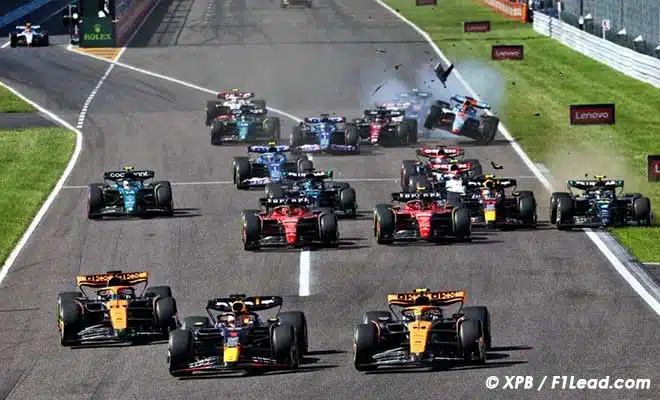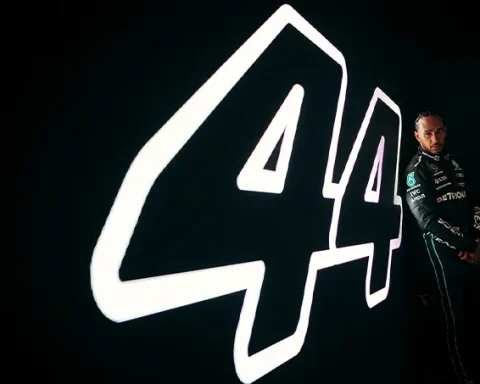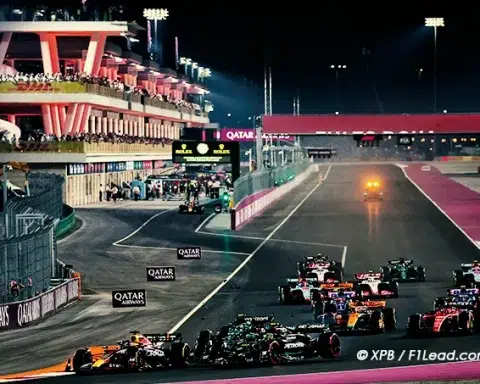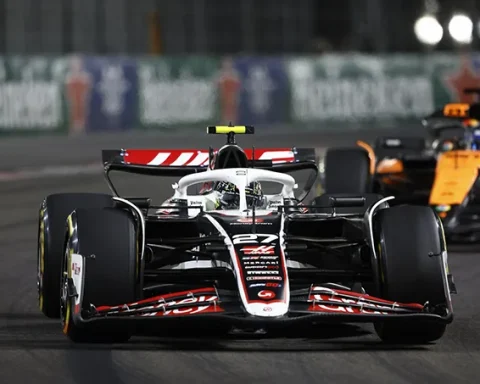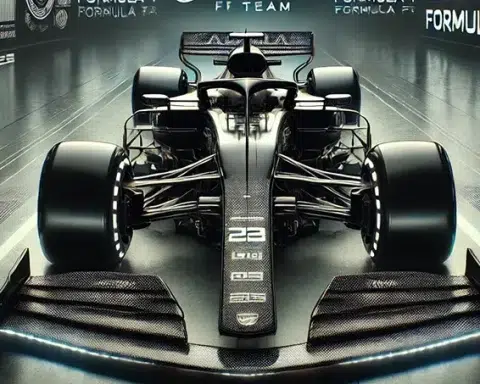For the first time, the Japanese Grand Prix shifts to April, aligning with the vibrant Sakura season and introducing a fresh dynamic to the Formula 1 calendar.
Formula 1 returns to Japan just over six months after its last visit to the country. This year, the Japanese Grand Prix is scheduled for April for the first time in its history; previously, the race was always slated for the latter half of the season, in September or October.
As a result, Suzuka has often played host to championship-deciding races, both in the drivers and constructors’ standings. The past two years have been no exception: in 2022, Max Verstappen clinched his second title there, while last year saw Red Bull crowned constructors’ champions.
The season’s fourth event coincides with the peak of the cherry blossom—or Sakura—season, between late March and early April. This marks the first time the Japanese Grand Prix is held during this period: the inaugural Pacific Grand Prix (in Japan) took place in Aida on April 17, 1994, before moving to October in 1995.
The onset of spring will also bring cooler temperatures, with average temperatures ranging between 8°C and 13°C. The weather is already predicted to be quite unpredictable and rainy!
Suzuka is a true classic: the 5,807-kilometer circuit owned by Honda challenges each driver with a demanding figure-eight layout, unique in Formula 1.
Besides presenting an extraordinary challenge for cars and drivers, the track also tests the tires in terms of wear—due to the high levels of roughness and abrasiveness of the asphalt—and in terms of the forces and loads they endure throughout the lap with a variety of turns that make up the circuit.
As usual, Pirelli has chosen its hardest trio of compounds for this track: the C1 as the hard, the C2 as the medium, and the C3 as the soft. This selection is the same as that used in Bahrain for the season’s first race.
A two-stop strategy is most common, given the energy the tires undergo and the stresses they face. However, cooler temperatures could mean that a one-stop strategy becomes feasible, especially for drivers who manage their tires well. On the flip side, this could make it more challenging to keep the tires within the correct operating window, particularly when warming them up after exiting the pits.
Opting for a single stop also reduces the effectiveness of the undercut, which is usually quite beneficial at Suzuka, even though the hard and medium compounds are the preferred choices in the race.
Following the Japanese Grand Prix, there will be two days of testing for the 2025 Pirelli tires on Tuesday, April 9, and Wednesday, April 10, with Stake F1 Team and RB F1, to develop the constructions and compounds for the next season.
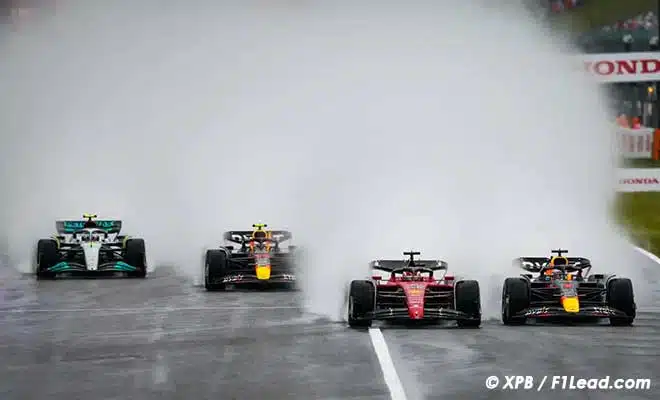
Japanese GP April Debut 2024. Japanese GP April Debut 2024
- ReadMore>Liberty Media Aims for F1 & MotoGP Synergy Amid Regulation
- Following us on Facebook and Twitter
